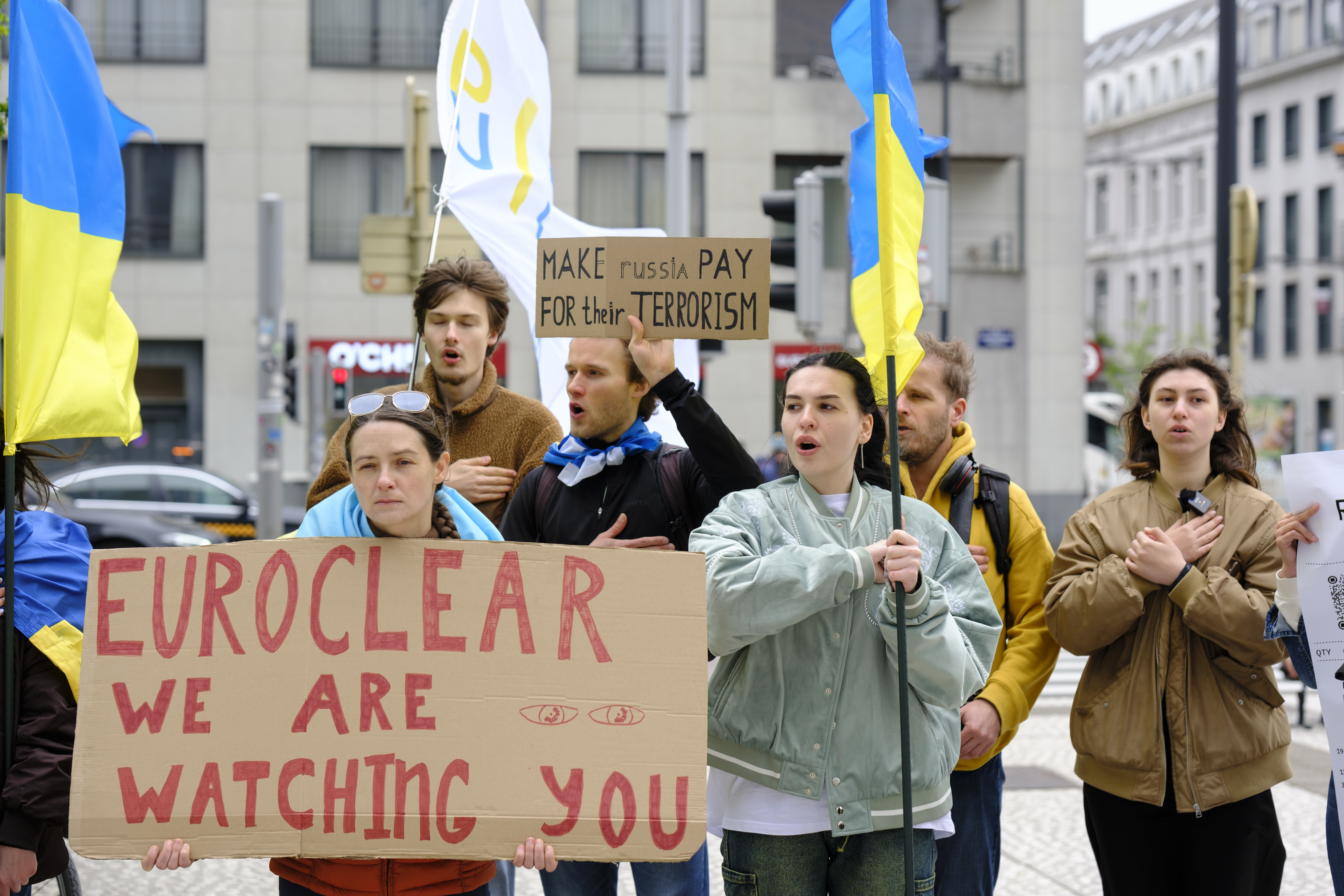Risk but No Paralysis: Why Western States Can Still Use Frozen Russian Funds

Western states are in a position to repurpose frozen Russian assets to support Ukraine’s reconstruction, despite potential legal and political risks. Danylo Yershov, political scientist and junior expert at the United Ukraine Think Tank, explains in his new article for The Gaze that mechanisms such as a reparations loan allow these funds to be used safely by preserving Russia’s nominal claims until official reparations are paid.
Coordinated monitoring and strengthened cooperation between the EU and the US can provide safeguards against potential Russian retaliation or legal complications.
“Strengthening coordination between the EU and the US, as proposed by the U.S. Government Accountability Office regarding monitoring the shadow fleet, is necessary to mitigate these risks,” he states.
This may ensure that the frozen billions become an effective tool for justice, accelerated reconstruction, and the establishment of international norms holding aggressors financially accountable.
According to Yershov, frozen Russian assets can serve not only as a punitive measure but also as a direct source of reparations for Ukraine. The European Union, which holds the majority of these funds (around 185 billion euros), has proposed a “reparations loan” model.
The loan would be repaid only after Ukraine receives official reparations from Russia, effectively transferring the repayment obligations to the aggressor. Yershov emphasizes that this approach strengthens financial commitments, as it allows the use of both the profits from the frozen assets (3–5 billion euros annually) and the principal amounts.
The use of these assets is also legally justified under international law, according to Yershov, as Russia’s aggressive war creates an obligation to fully compensate for the damage caused.
“The main idea is to use the frozen assets not only as punishment but also as a direct source of reparations,” emphasized United Ukraine junior expert.
Yershov further notes that inaction would only preserve injustice. Using the frozen assets actively would not only accelerate Ukraine’s recovery but also establish a global precedent: aggressor resources become a symbol of justice and deterrence, showing that the economic consequences of aggression fall on the perpetrator rather than the victim or international taxpayers.
Read the full article on The Gaze: Using Frozen Russian Assets for Ukraine's Reconstruction: Creating a Reparations Fund to Restore Justice